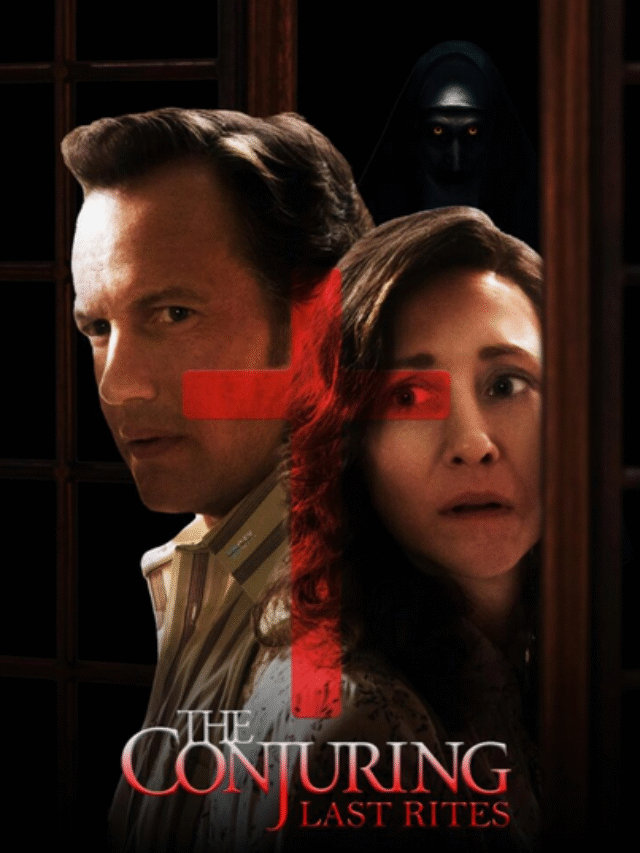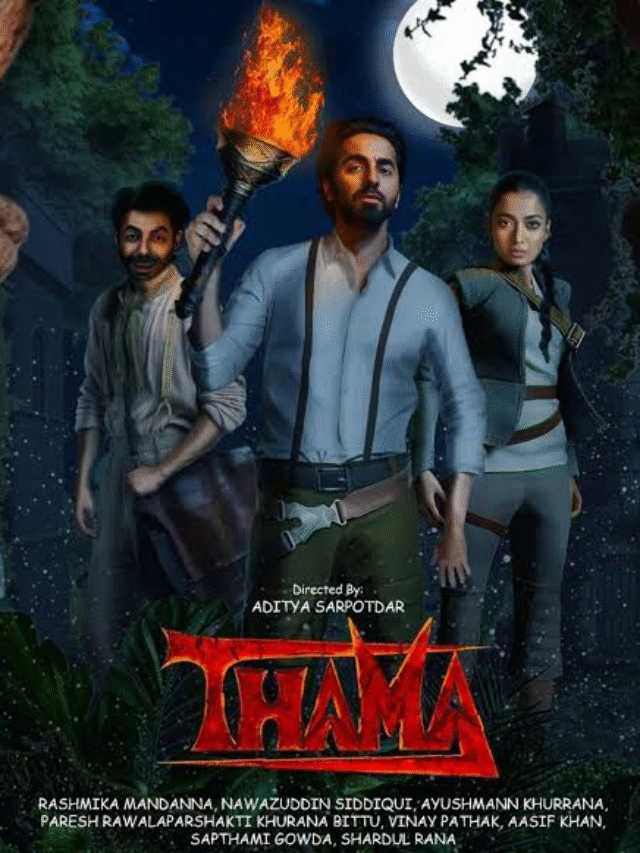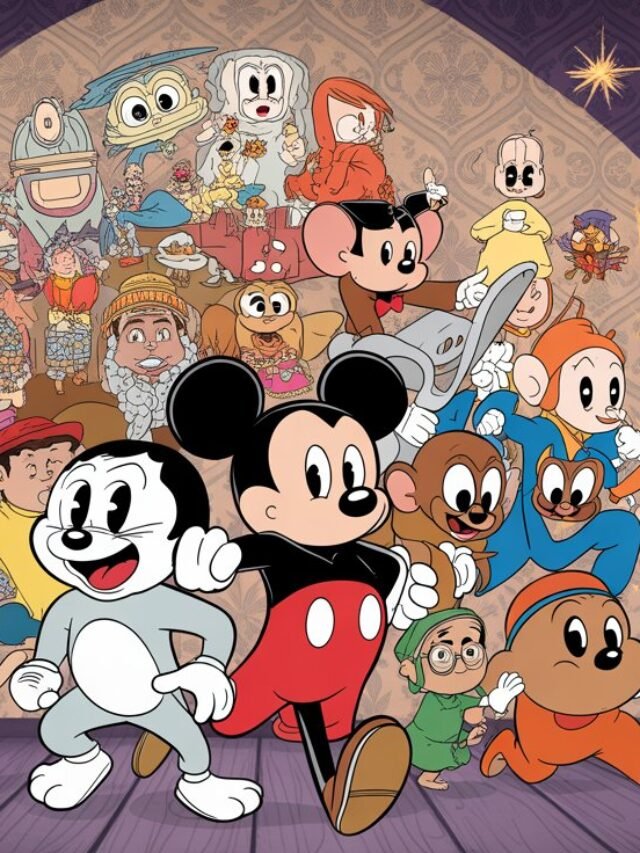Video Game Blacksmithing Myths: 8 Shocking Mistakes Games Keep Making About Forging
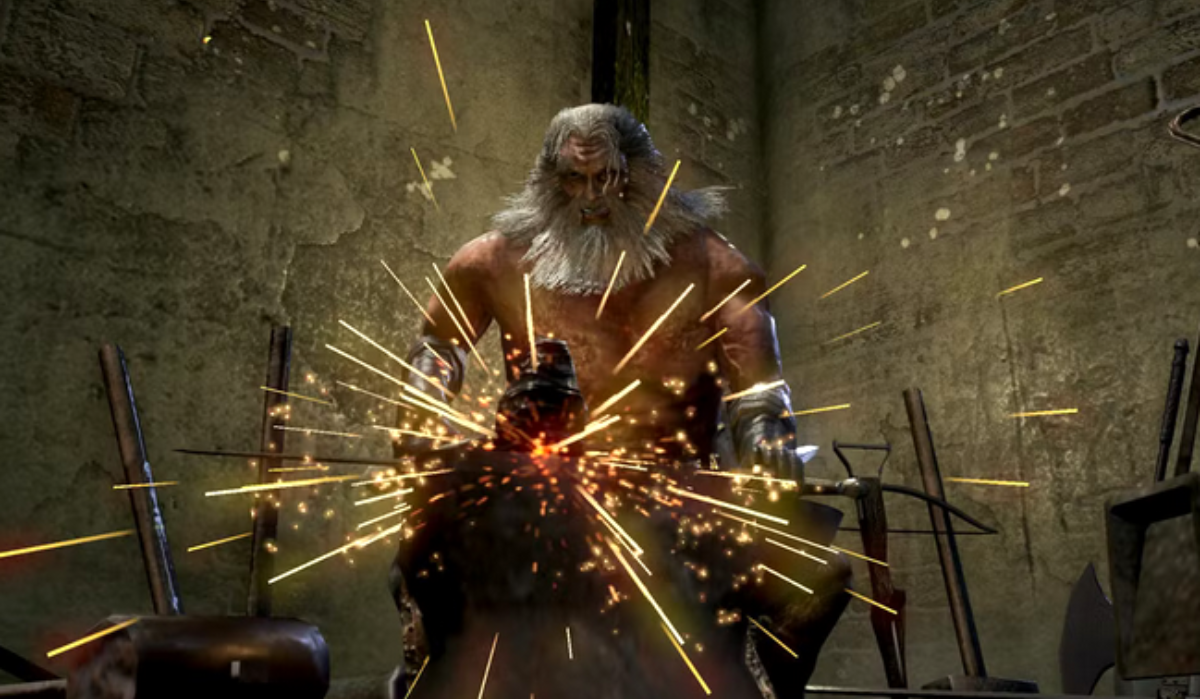
Video Game Blacksmithing Myths has been around for thousands of years, but if your only experience comes from playing RPGs, fantasy adventures, or open-world crafting games, you might believe some truly wild ideas about the craft.
From thinking iron and steel are interchangeable to imagining you can make a sword in five hammer hits, video games often butcher the reality of forging. Let’s break down the 8 biggest mistakes video games make about blacksmithing – and what’s actually true in real life.
Iron and Steel Are the Same Thing – Nope!
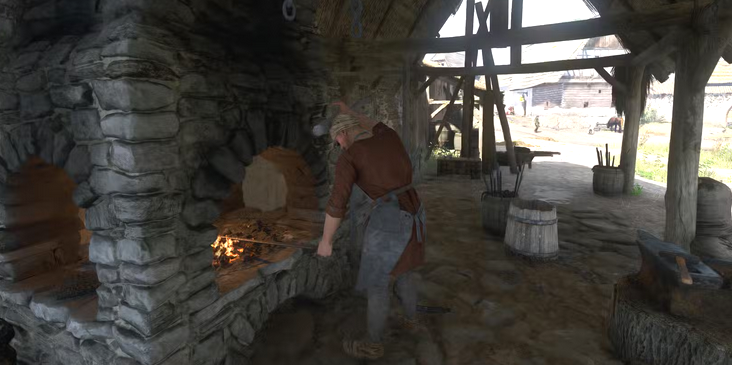
Many games use the terms “iron” and “steel” as if they were interchangeable, when in reality they’re different materials with different properties.
- Iron: A pure metal, relatively soft and prone to rust.
- Steel: An alloy of iron and carbon, much harder and more durable.
Video Game Blacksmithing Myths In reality, making steel from iron requires refining and adding specific amounts of carbon – something far more complex than a quick “upgrade” button.
Your Forge Won’t Melt Most Metals
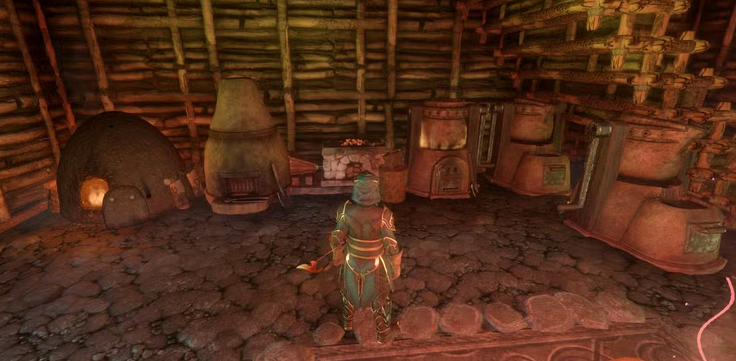
Video Game Blacksmithing Myths often show molten metal being poured like glowing lava, but most blacksmithing doesn’t involve melting at all.
- Forging typically happens by heating metal until it’s malleable, not liquid.
- To melt steel, you’d need temperatures over 1,370°C (2,500°F), which is well beyond most traditional forges.
Smiths shape metal while it’s hot and soft, not liquid.
Weaker Metals Are Often Sharper
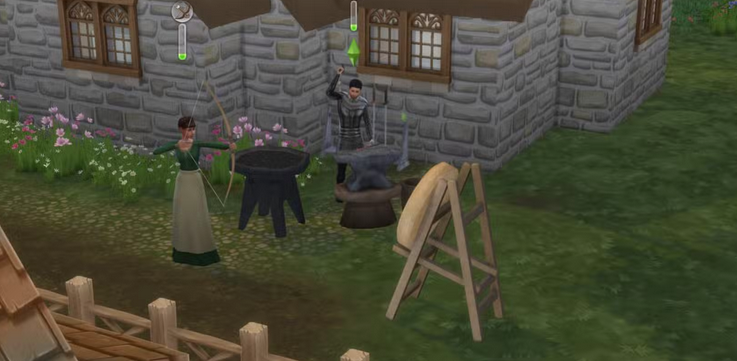
Video Game Blacksmithing Myths In games, stronger metals like mithril or adamantium are always portrayed as sharper. In real life, softer metals can actually achieve a sharper cutting edge because they’re easier to grind and hone. However, they lose that edge much faster. A master blacksmith balances hardness and flexibility for the perfect blade.
What Is and Is Not a Longsword
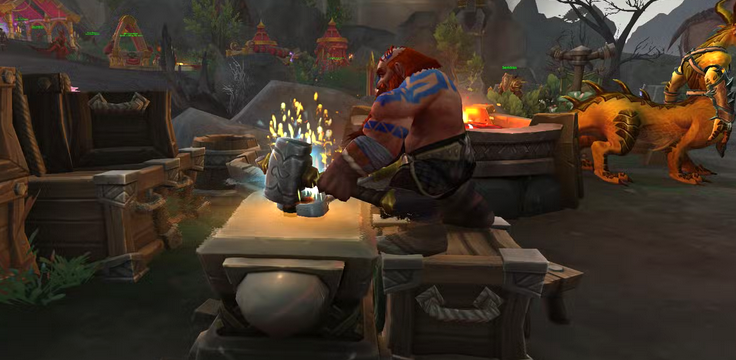
Video Game Blacksmithing Myths often confuse sword types – calling anything with a long blade a “longsword.”
Historically:
- Longsword: Two-handed grip, blade length around 35–43 inches.
- Broadsword: Heavier, wider blade, usually single-handed.
- Greatsword: Massive two-handed weapon.
So that “iron longsword” in your favorite RPG might actually be a bastard sword… or not historically accurate at all.
Welding Is a Whole Thing

In many crafting systems, upgrading weapons is as simple as heating and hammering. But in real life, joining metals (forge welding) requires precise heat, timing, and skill. Mess up, and your “epic +5 sword” would crack or split the moment you used it.
Quenching Depends on the Metal
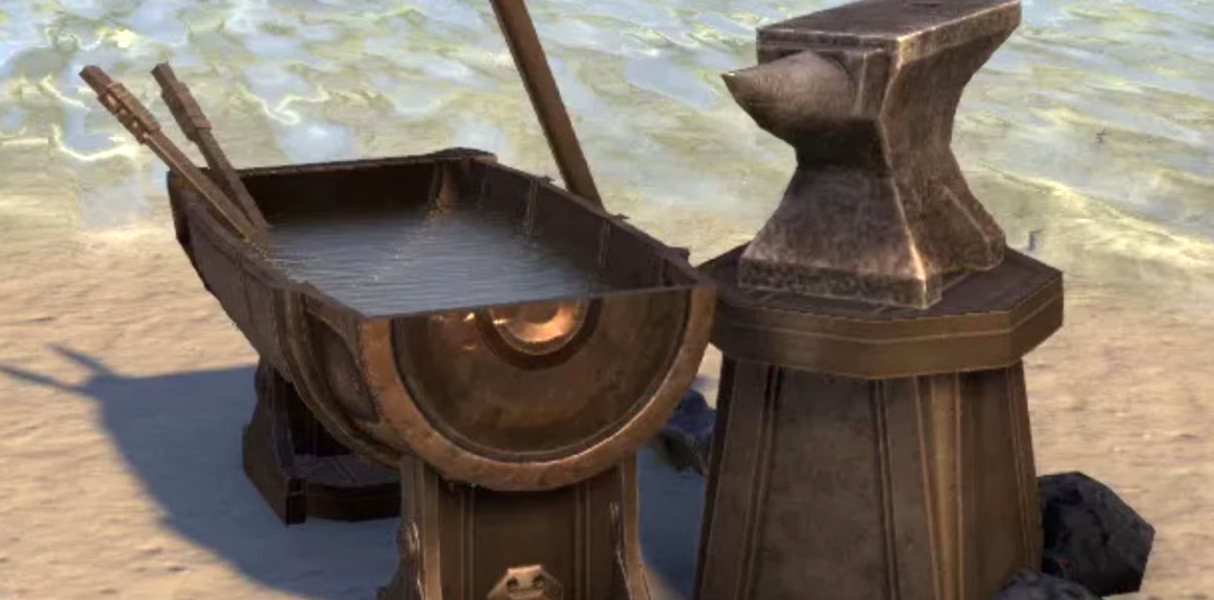
Games often show a glowing blade plunged into water with a dramatic hiss – but that’s not always the best move.
- High-carbon steel benefits from quenching in oil or water to harden it.
- Low-carbon steel or iron? Quenching might do little… or even ruin it.
And no, quenching doesn’t instantly “finish” the weapon – it’s just one step in the process.
Almost Everything About Damascus
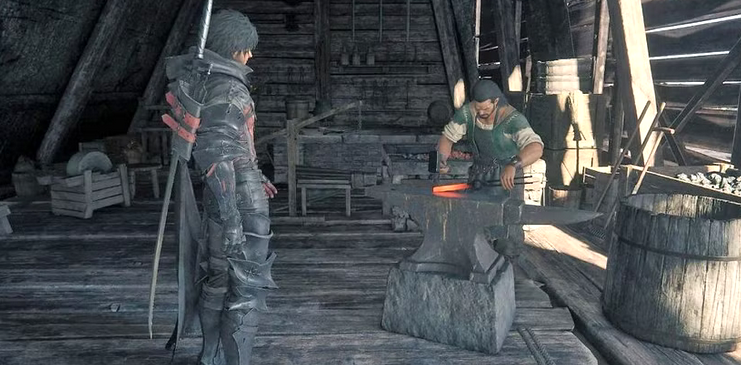
The gorgeous rippled pattern of Damascus steel is legendary in games – often portrayed as magic metal that never dulls. In reality, historical Damascus steel was prized for beauty and flexibility, but its legendary sharpness has been exaggerated. Modern “Damascus” is often pattern-welded steel – still beautiful, but not invincible.
There’s a Ton of Extra Work After Hitting It With a Hammer
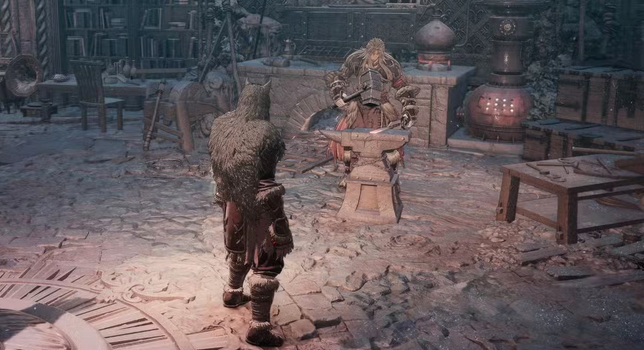
Games make forging look like:
- Heat metal
- Hit with hammer 5 times
- Done!
In reality, after forging comes grinding, filing, polishing, fitting handles, balancing, and sharpening. A single high-quality sword could take weeks to complete – not five seconds at a workbench.
Why This Matters for Game Lovers
While it’s easy to laugh at these inaccuracies, knowing the truth can make your gaming experience richer. Understanding real blacksmithing adds depth to fantasy worlds and helps you appreciate the artistry behind the craft – both digital and historical.
Conclusion
Blacksmithing in video games is fun, fast, and often fantastical – but it’s rarely realistic. From the iron vs. steel confusion to myths about Damascus and quenching, there’s a big gap between game logic and the forge’s reality. Next time you craft a legendary sword in your favorite RPG, you’ll know exactly which parts would make a real blacksmith shake their head… and which parts are rooted in history.
